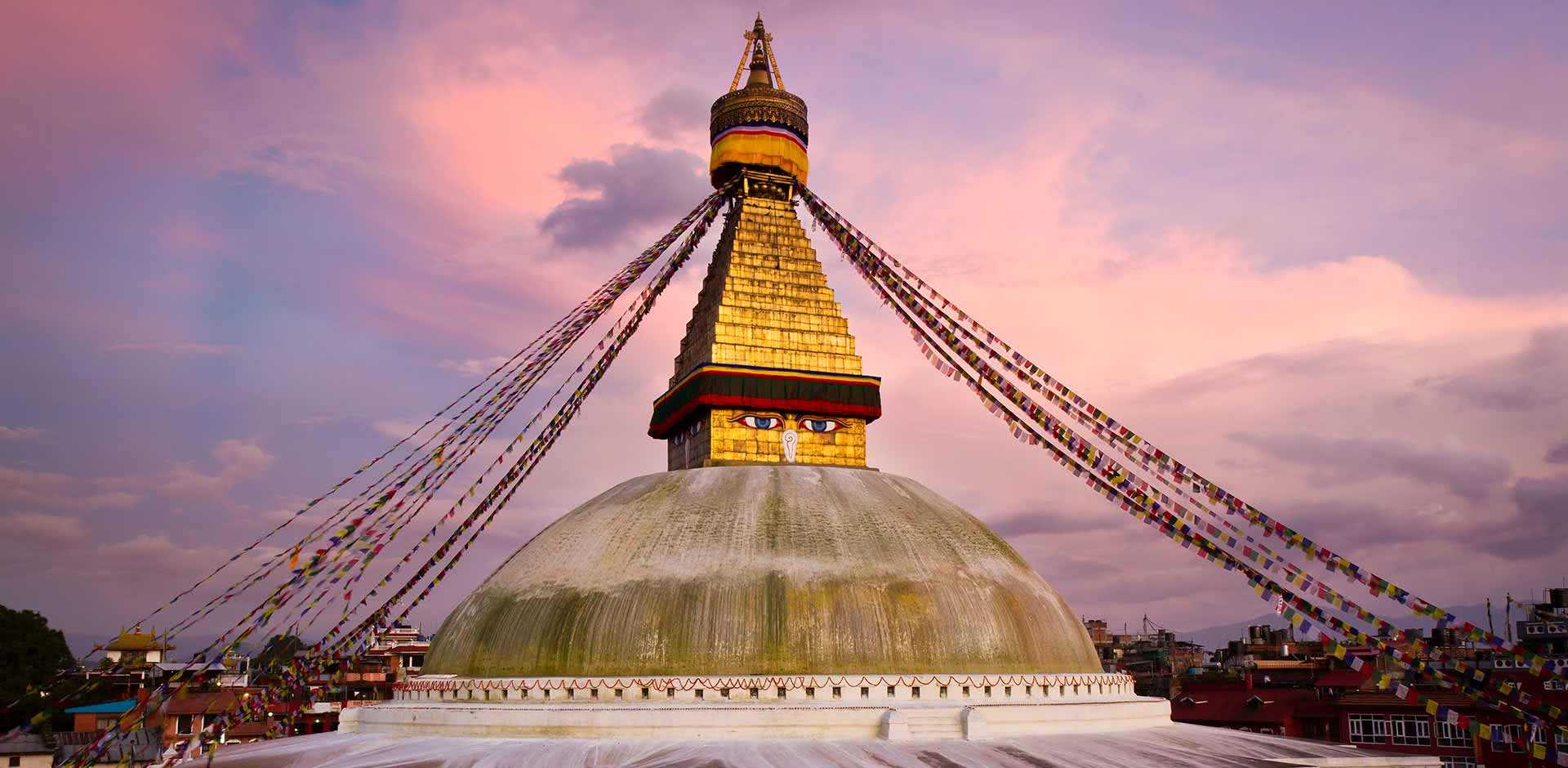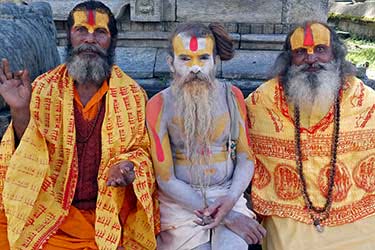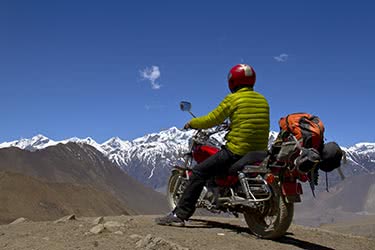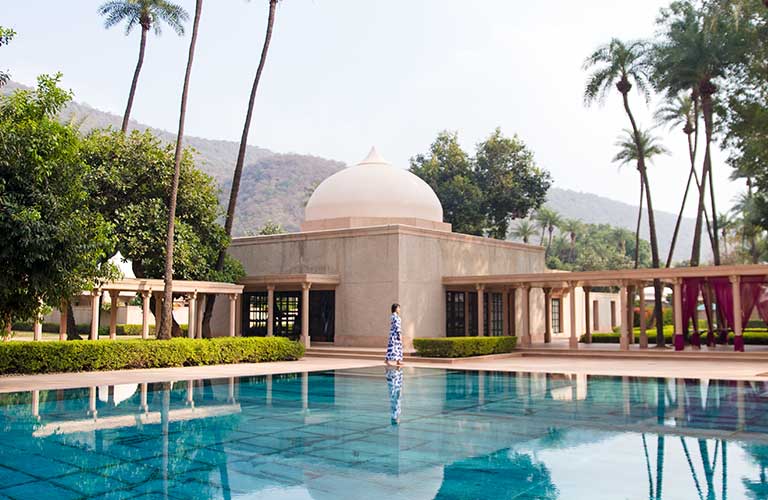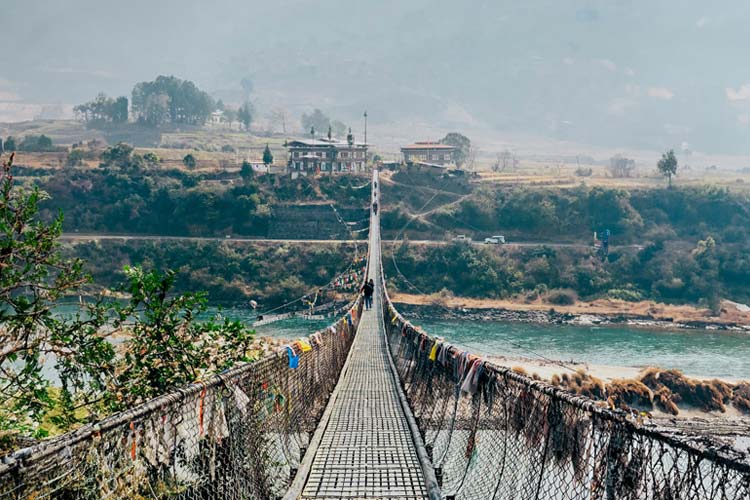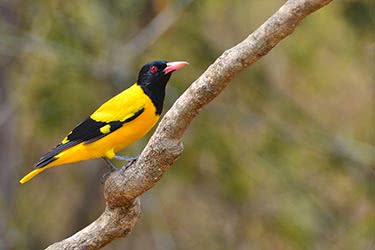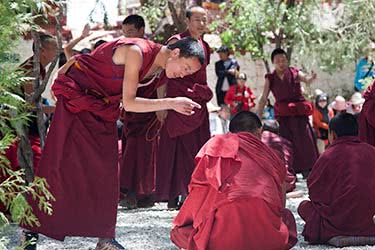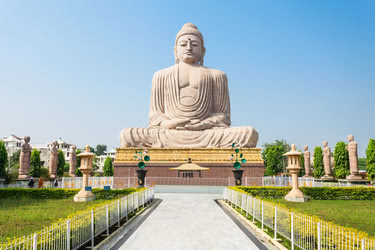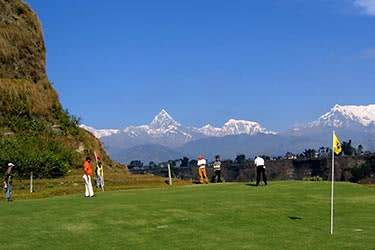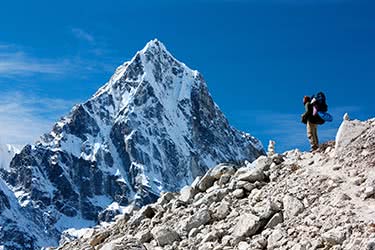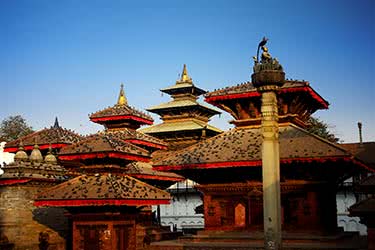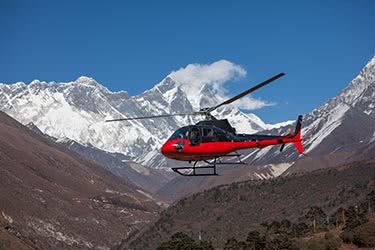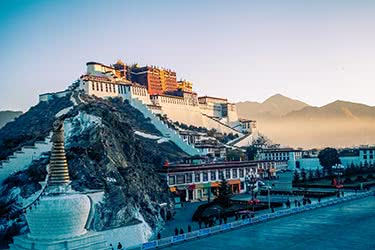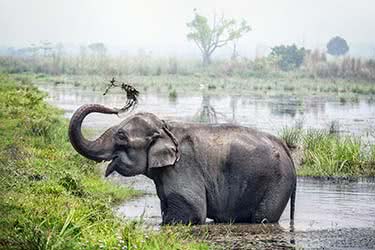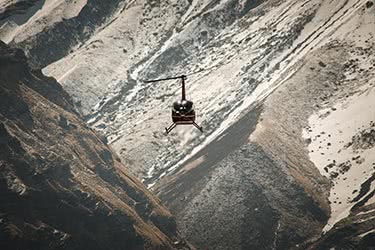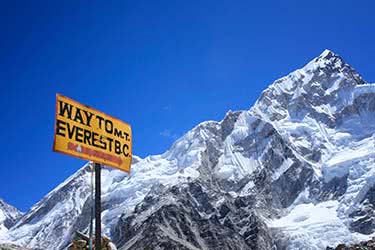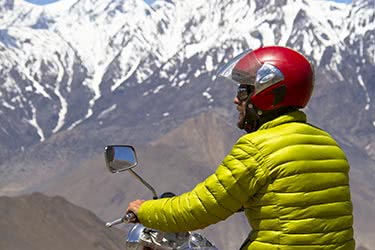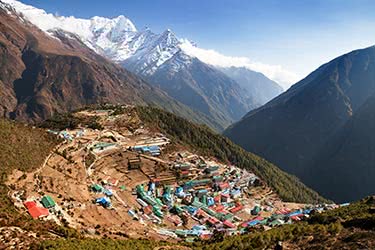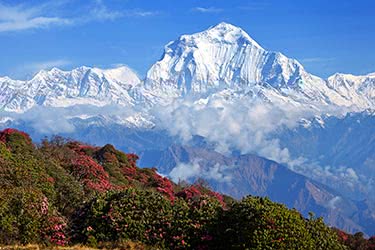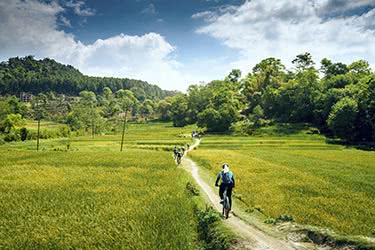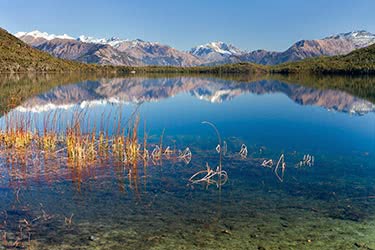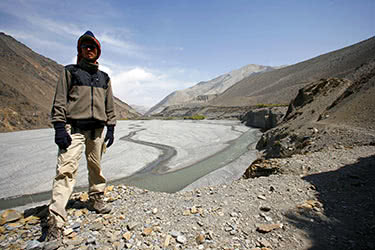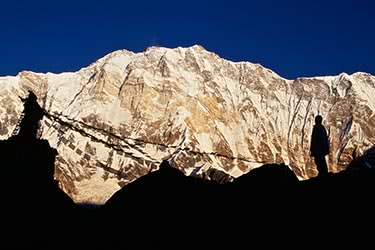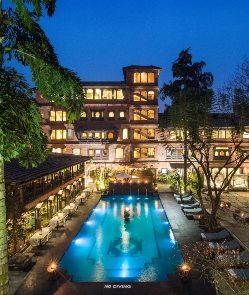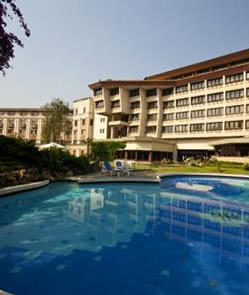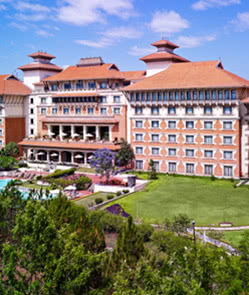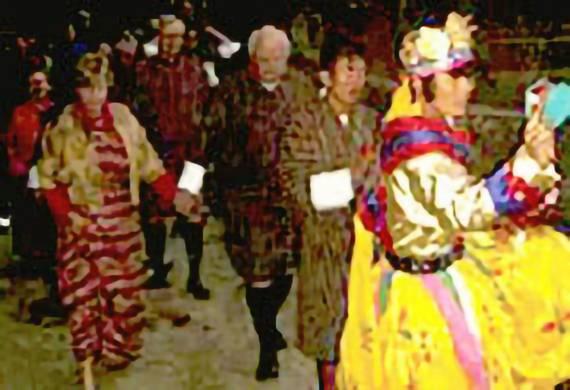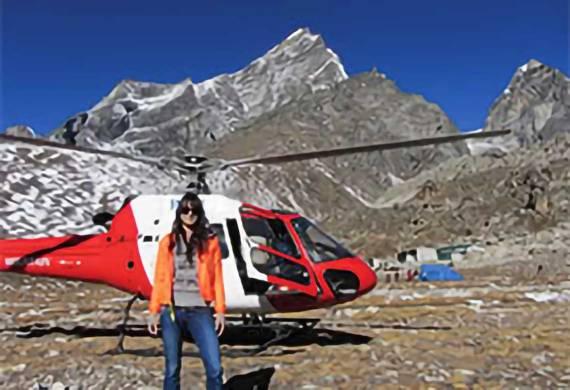
Kathmandu
Experiences
A handpicked selection of experiences endorsed by our experts. If you can’t see what you’re looking for, let us know, as our extensive network of local contacts can open many doors.
Bhasmeshvar Ghats
One of Kathmandu's most compelling sites is the Bhasmeshvar Ghats, the largest cremation center in the greater Kathmandu area. Like India's Varanasi on the Ganges River, Hindus bring the bodies of their loved ones to these ghats, or steps, on the banks of the Bagmati River, to be cremated and to scatter their ashes to guarantee immortality. The main Pashupatinah Temple is off-limits to non-Hindus, but you can wander the tranquil grounds and observe the activities of the temple from across the narrow river.
Boudhanath Temple
Visit Boudhanath Temple, another of Kathmandu’s UNESCO sites, and one of the holiest Buddhist sites in Nepal. Located about 7 miles (11 kilometers) from the center of Kathmandu on the northeastern outskirts of the city, the stupa of Boudhanath dominates the skyline. Throughout the day, pilgrims can be seen circumambulating the stupa chanting mantras, some completing the circuit while prostrating themselves at each step. The pilgrims continue to circle into the night when the temple is illuminated by butter lamps. Anyone is free to join in, but remember to walk around the stupa in a clockwise direction and also to spin the prayer wheels clockwise.
Durbar Square
Visit Kathmandu’s Durbar Square, which is located in the old city and whose construction dates to the 11th century. Four different kingdoms added buildings over the centuries, including the Kasthamandap Hindu pagoda, erected by a Malla dynasty king in the late 16th-century, and from which the city takes its name. Today, approximately 50 temples and palace structures remain around the square. Your guide will describe the unique architectural styles and structures you see, and why they have been protected (and, more recently, called endangered) by UNESCO.
Helicopter to Everest
Fly by private helicopter from Kathmandu around the legendary Mt Everest, which stands at an altitude of 29,029 feet (8,848 meters); your pilot will land the chopper near Everest Base Camp, situated at about 18,000 feet (5,486 meters). Since you are not acclimated, you can only stay up there for about 15 minutes before flying back down to 13,000 feet (3,962 meters), where you will have lunch at an upscale trekker's lodge.
Afterwards, return by helicopter to Kathmandu to cap what will have been one of the most memorable days of your life.
Monkey Temple
Visit the Swayambhunath Stupa, also known as the Monkey Temple, a complex of monasteries of all faiths started in 460 A.D. by King Mana Devi of the Licchavi era, on the western fringes of the city. The imposing structure is recognized as a major landmark of Kathmandu and is distinguished by its population of freely roaming monkeys.
Tea with the Locals
Have tea with a family living in one of the historic bahals around a common courtyard in the old part of town. Chat with your hosts about their lives and livelihoods, and hear about a way of life so very different from your own.
The Old Quarter
Wander the narrow streets and alleyways of Kathmandu's Old Quarter, with its myriad tiny stalls and its colorful street life. Visit the many different markets including the famous bead market, and the Indrachowk carpet and textile market.
Nepal Regions
Explore in-depth information, experiences and highlights by navigating to specific regions using the links below on the right.
Multi-Country Specialists
Nepal Goes Well With




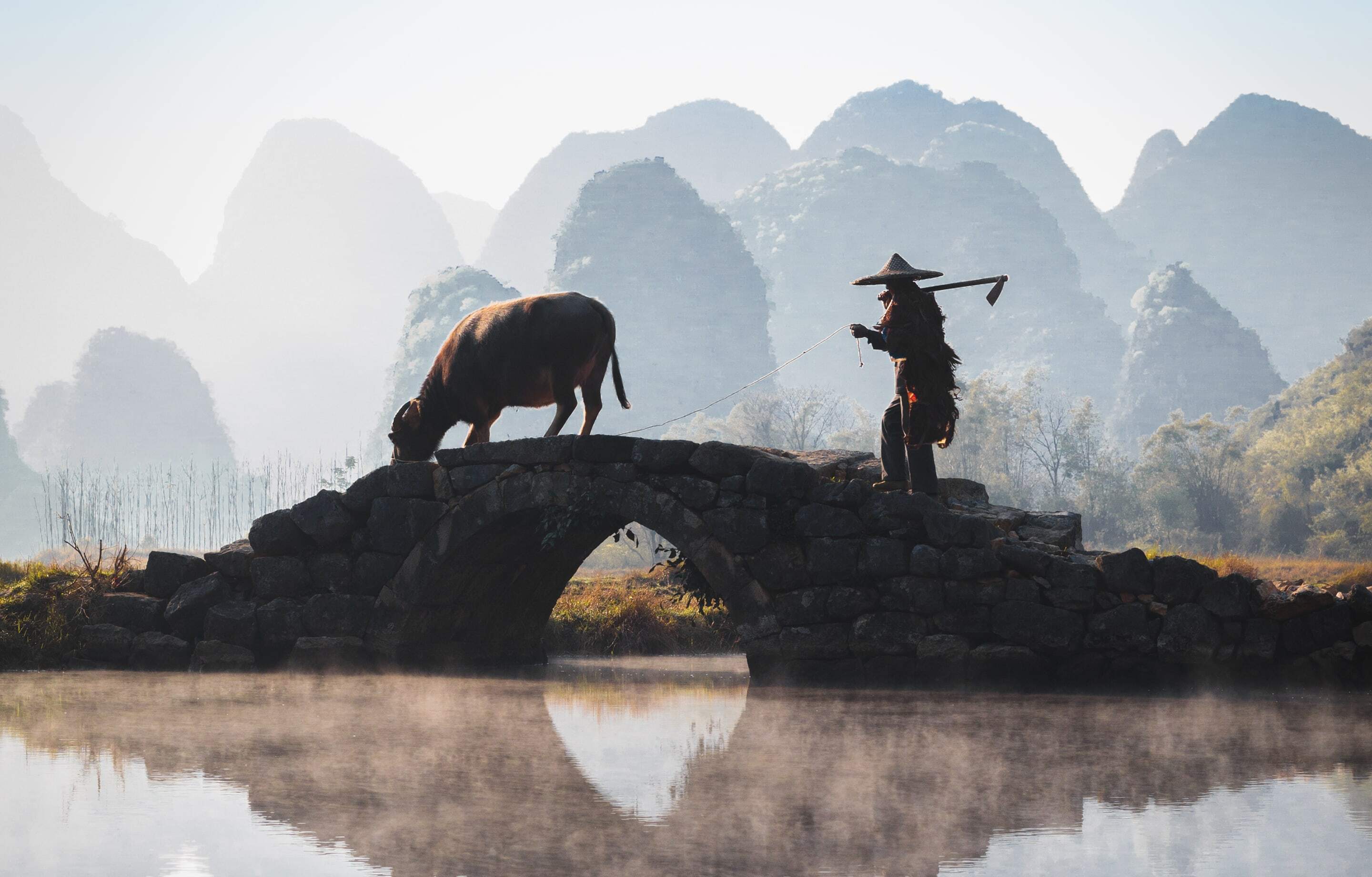
Exclusively Asia
With Remote Lands you'll travel with people who have made Asia the solitary focus of their own lifelong adventure. As our guest, you'll discover Asia on a journey that is completely, authentically your own, adapted from our own remarkable experiences and adventures over the years.
With Remote Lands you'll travel with people who have made Asia the solitary focus of their own lifelong adventure. As our guest, in the continent that our north American founders Catherine and Jay have adored and explored for decades, you'll discover Asia on a journey that is completely, authentically your own, adapted from our own remarkable experiences and adventures over the years.
Travelogues
An Asia-focused magazine brought to you by Remote Lands - a platform for adventure, luxury, and authenticity from experts and explorers around the continent.
Color and Chaos: Kathmandu Through the Lens
- Author
- Nam Cheah
Nam Cheah turns her camera on Nepal’s capital of Kathmandu, where she finds a city of color and chaos and a world still recovering from the earthquake of 2015.
On Post-COVID Travel in Nepal with Sangita Einhaus Shrestha
- Author
- Travelogues
Sangita Einhaus Shrestha, Managing Director of The Dwarika’s Group of Hotels and Resorts, speaks with Remote Lands on the future of luxury travel in Nepal.
The Rites of Cremation at Kathmandu’s Pashupatinath Temple
- Author
- Tyler Roney
The most important temple complex in Nepal, Shree Pashupatinath is a maze of cultural treasures; most know it as where the bodies of Kathmandu burn.
What Others Say
Here is a small selection of the kind words our clients have said about us recently.
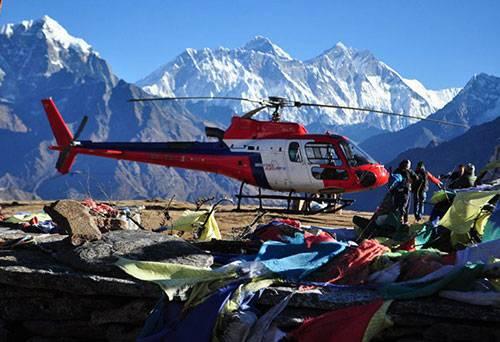
A couple from Texas
My wife and I traveled to Nepal with Remote Lands, and had an incredible time. This was our fourth trip with Remote Lands and the trip was planned perfectly with every detail accounted for.
